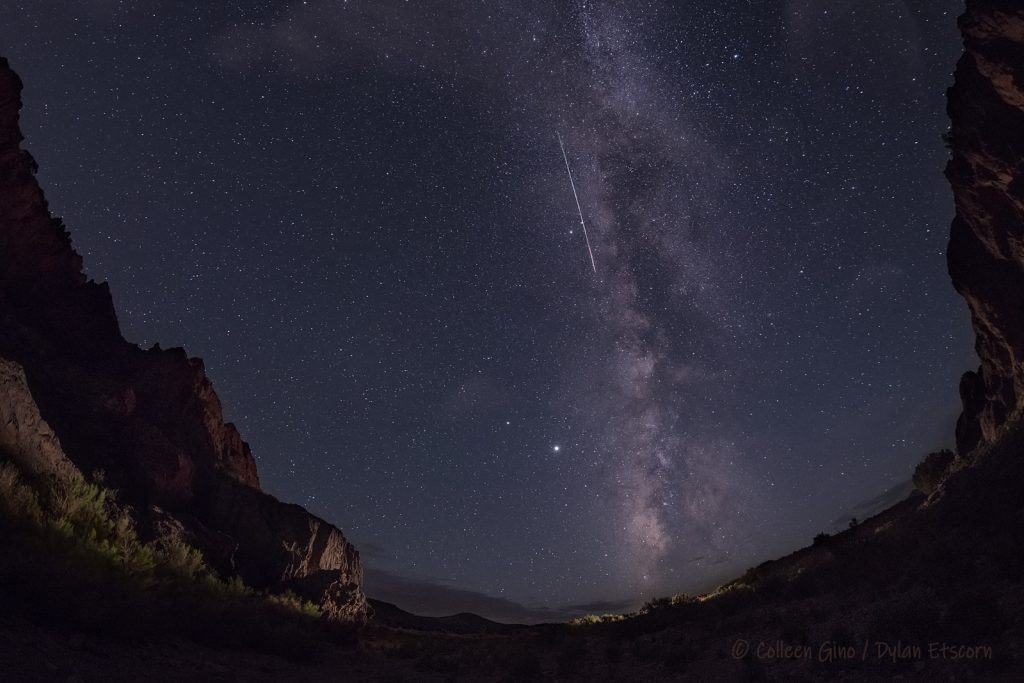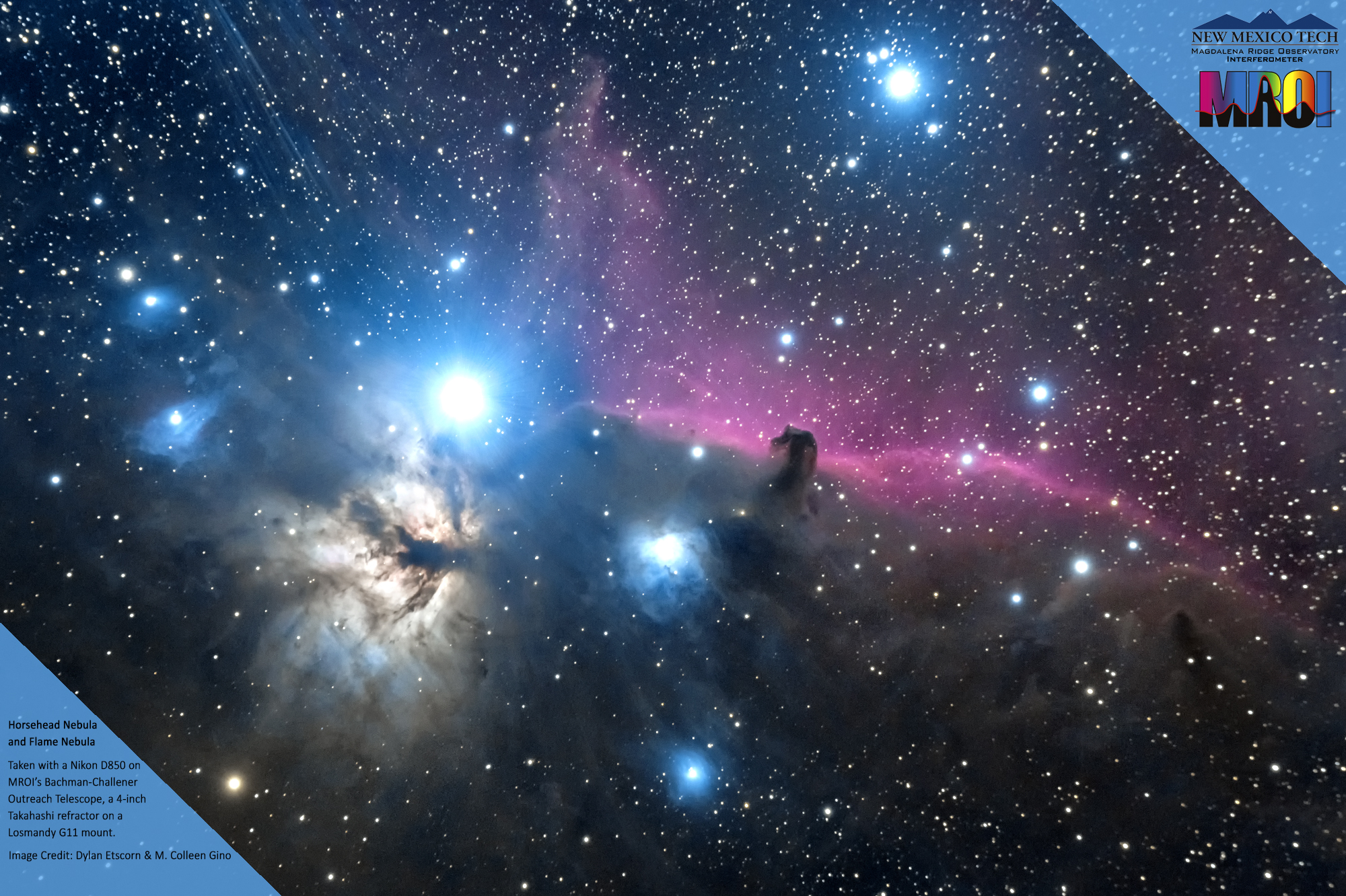How fast is that, exactly? I had to look it up. The range I found was about 420 — 4665 fps (feet per second), which translates to 286 – 3180 mph (miles per hour). So while Superman is certainly super speedy, he can’t compete with the little specks of cometary debris I saw plowing through Earth’s atmosphere last night. Meteors travel anywhere from 25,000 to 160,000 mph through our atmosphere, and the average Perseid travels at the high end of that range, about 133,000 mph. So sorry to burst your bubble, fan folks, but I’m not convinced that Superman can outrun a meteor. It’s a darn good thing that the Perseid meteors originate from Comet Swift/Tuttle rather than Krypton, or Superman would really be in trouble…(BTW, I’m up for a discussion of the physics of Superman!)
Let’s back up a bit. On Monday I talked about the Perseids and suggested when and where you might go to see them for yourself (check it out here). Following my own advice, on Monday night I set up my camera in my yard and shot from about 10:30pm to 12:30am. During that time, I caught only one meteor, and it wasn’t even a Perseid, it was a sporadic. But honestly I didn’t expect much, since Monday night/Tuesday morning was not yet the peak of the shower, the time span over which you can expect to see the greatest number of meteors.
Hoping for better results, last night I met up with fellow MROI astrophotographer Dylan Etscorn at Box Canyon outside of Socorro, NM. I chose that location based on the information I gathered from variety of sources: 1) Weather Underground and Clear Dark Sky to be sure we’d have clear skies locally; 2) the LunaSolCal app to get the time and azimuth of moonrise; 3) Software Bisque’s TheSky software to see what would be where in the sky during the time I wanted to observe; and 4) Google Earth for geographic details of the Socorro area.
After checking all these sources, I determined that the constellation Perseus lined up well with the north end of the canyon, the galactic core portion of the Milky Way lined up well with the south end of the canyon, and that the east wall of the canyon was high enough to do a darn good job of blocking the Moon from view for an hour or more after it rose. In case you are wondering, yes, I go through this much checking and more when planning a photographic outing.
We dragged our collection of camera gear and comfy lounge chairs not far into the south end of the canyon, and had our cameras set up to automatically shoot continuous long exposures by 10:30 pm. Now it was time to settle into the comfy chairs and start counting meteors! At first I faced north toward the radiant in Perseus and my colleague faced south toward the Sagittarius and Scorpius in the Milky Way, with the thought that by looking in two different directions we’d see more meteors between us. But when my colleague’s meteor count quickly rose far above mine, I abandoned the radiant and faced south toward the galactic core as well. I’m glad I did, as I saw a handful of bright meteors with long trails traversing the Milky Way over the next several hours, such as the one in the image below.

To make a long observing session story short, in spite of repeatedly being buzzed by bats (which elicited a few shrieks here and there), having headlights from several other late night visitors beamed into our optics, and eventually being almost totally clouded out, my colleague counted over 90 meteors over the four hours we were camped in the canyon. Not the best numbers, but not terrible either. Frankly, just sitting outside under our reasonably dark skies in Socorro and enjoying the twinkling jewels of the night was more than enough for me!
If you have a story to share about your Perseid experience, we’d love to hear from you! Please post it below in the comments section. If you have a photo you’d be willing to share, please post it in the comments of this Facebook post!
M. Colleen Gino, MRO Assistant Director of Outreach and Communications
